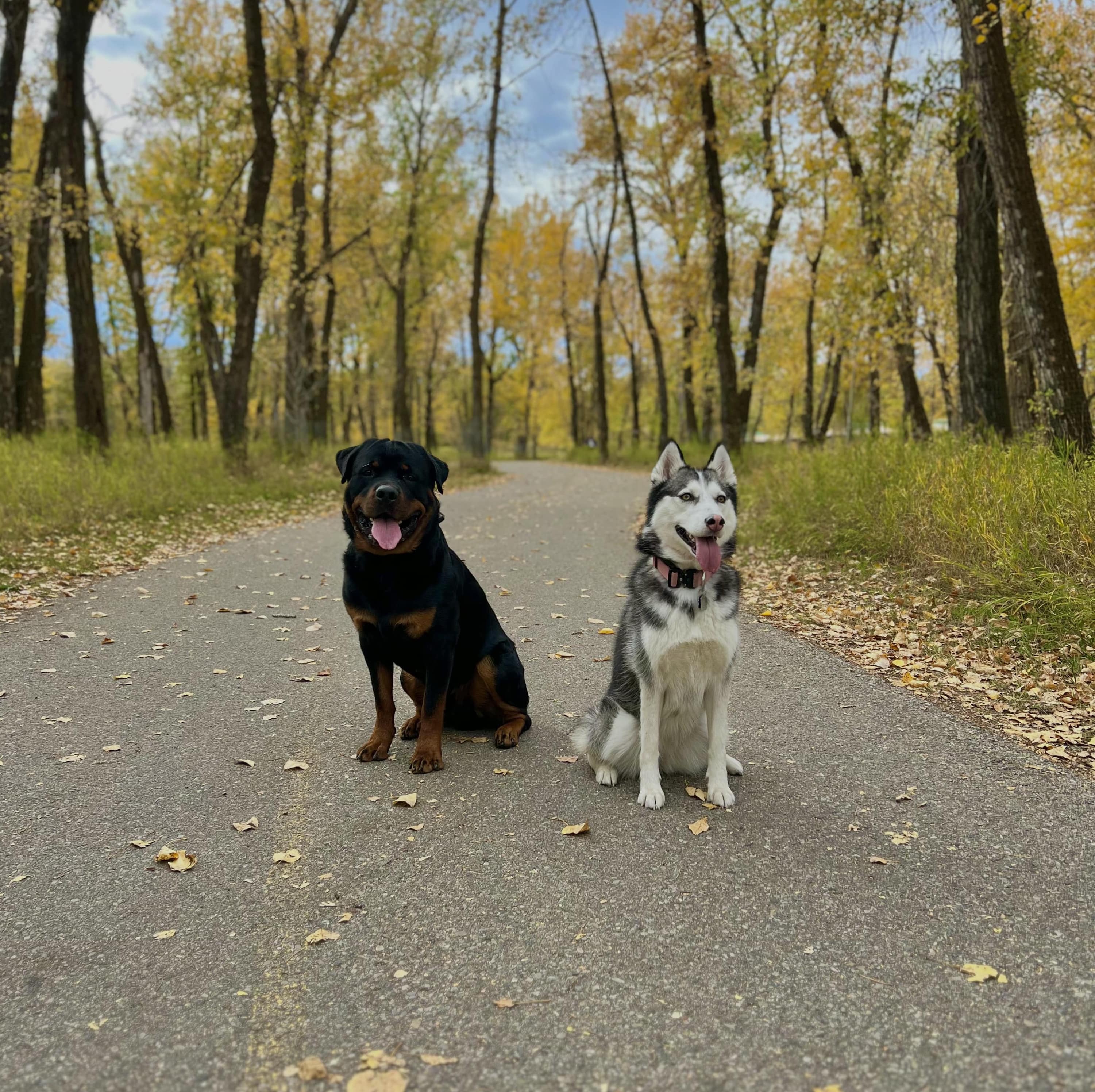
You're Probably Socializing Your Dog Wrong
Dog socialization is a very misunderstood topic with most dog owners in North America. Most owners have the right intentions for their new puppies, and are quite proactive about doing what they think ...

Dog socialization is a very misunderstood topic with most dog owners in North America. Most owners have the right intentions for their new puppies, and are quite proactive about doing what they think ...

Reactivity is by far the most common problem we get contacted for dog training. We typically get a call when the dog is between six to eighteen months of age, and we generally hear things like: "My do...
Board your dog for weeks of intensive training.
Contact us today to inquire about our services, availability, or to book a consultation.